
With this imposing image of the monolith of Simon Bolivar pointing towards Campo Carabobo, where the capitulation of the battle of Carabobo took place, which allowed the independence of Venezuela from the Spanish crown, we began this tour on the most important structures of the historic case of Valencia, where this beautiful city began to develop becoming the epicenter of the entire state of Carabobo - Venezuela.
At first I had the idea to review the building of the center of historical, cultural and heritage interpretation of the University of Carabono, former rectorate of the university, where I wanted to show its interior design and establishment in general, but it was not possible because it is currently under restoration, as well as many buildings of great architectural and historical value of the historic center of Valencia. But still it was not an obstacle to portray some of the facades of these important structures of this part of the city, so I did my best to show each of these locations of great notoriety, which in past publications I have reviewed with greater specification and others that I have yet to review.
Con esta imponente imagen del monolito de Simón Bolívar señalando hacia Campo Carabobo, donde se gestó la capitulación de la batalla de Carabobo, que se permitió la independencia de Venezuela de la corona española, comenzamos este recorrido sobre las estructuras más importantes del caso histórico de Valencia, punto donde se comenzó a desarrollar esta hermosa ciudad convirtiéndose en el epicentro de todo el estado Carabobo - Venezuela.
En principio tenía la idea de reseñar sobre la edificación del centro de Interpretación histórica, cultural y patrimonial de la Universidad de Carabono, antiguo rectorado de la universidad, donde quería mostrar su diseño interior y establecimiento en general, pero no se pudo porque en estos momentos se encuentra en restauración, asimismo como muchas edificaciones de gran valor arquitectónico e histórico del casco histórico de Valencia. Pero aún así no fue obstáculo para retratar algunas de las fachadas de estas importantes estructuras de esta parte de la ciudad, por lo que hice lo posible de mostrar cada uno de esas locaciones de gran notoriedad, que en publicaciones pasadas he reseñado con mayor especificación y otras que aún me faltan por reseñar.
Bolivar Square
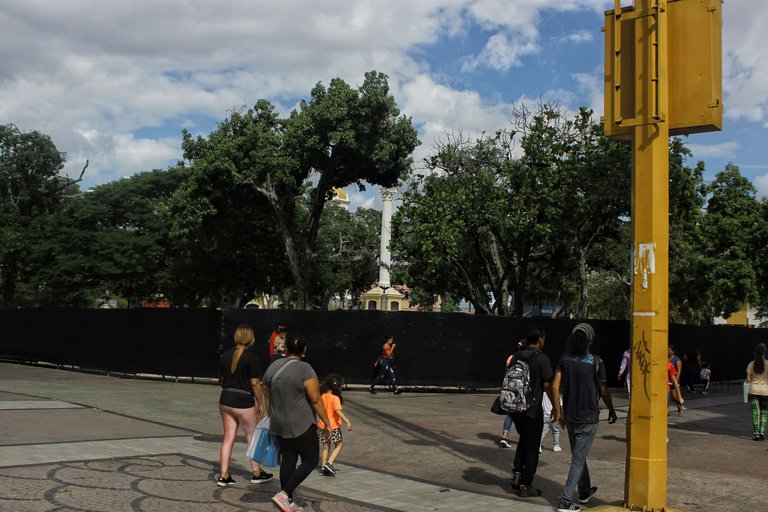
Bolivar Monolith
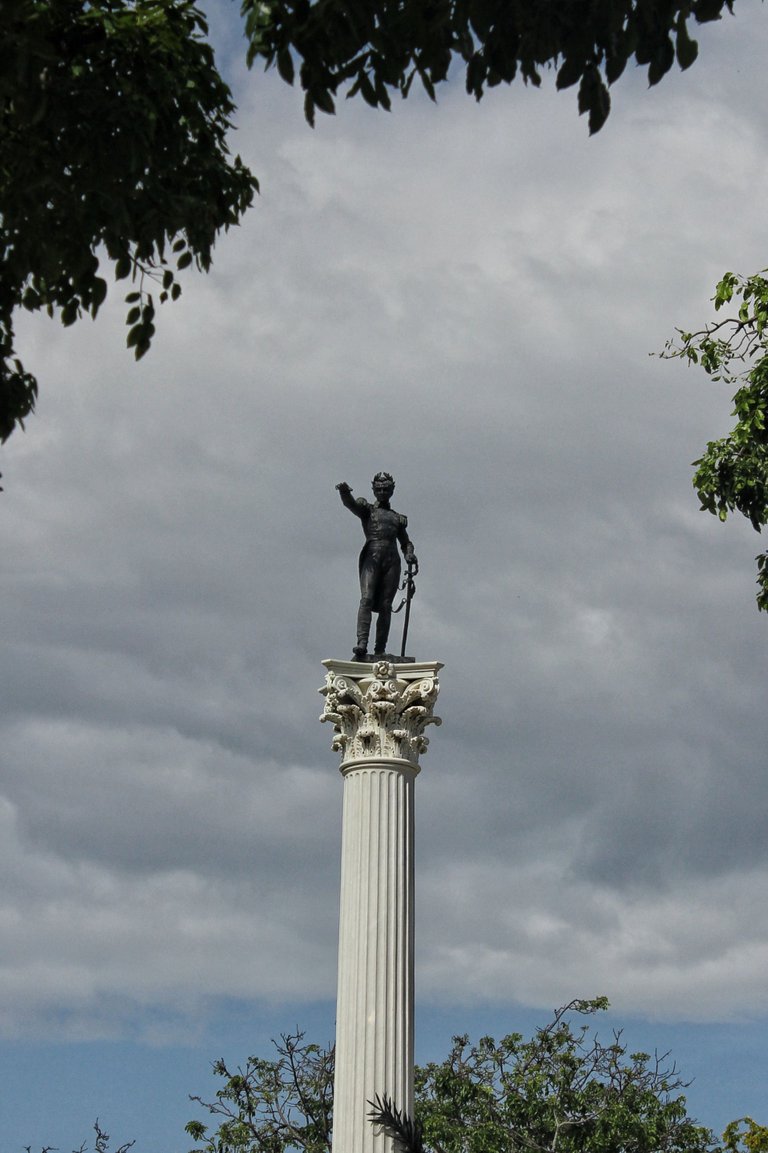
Valencia Cathedral
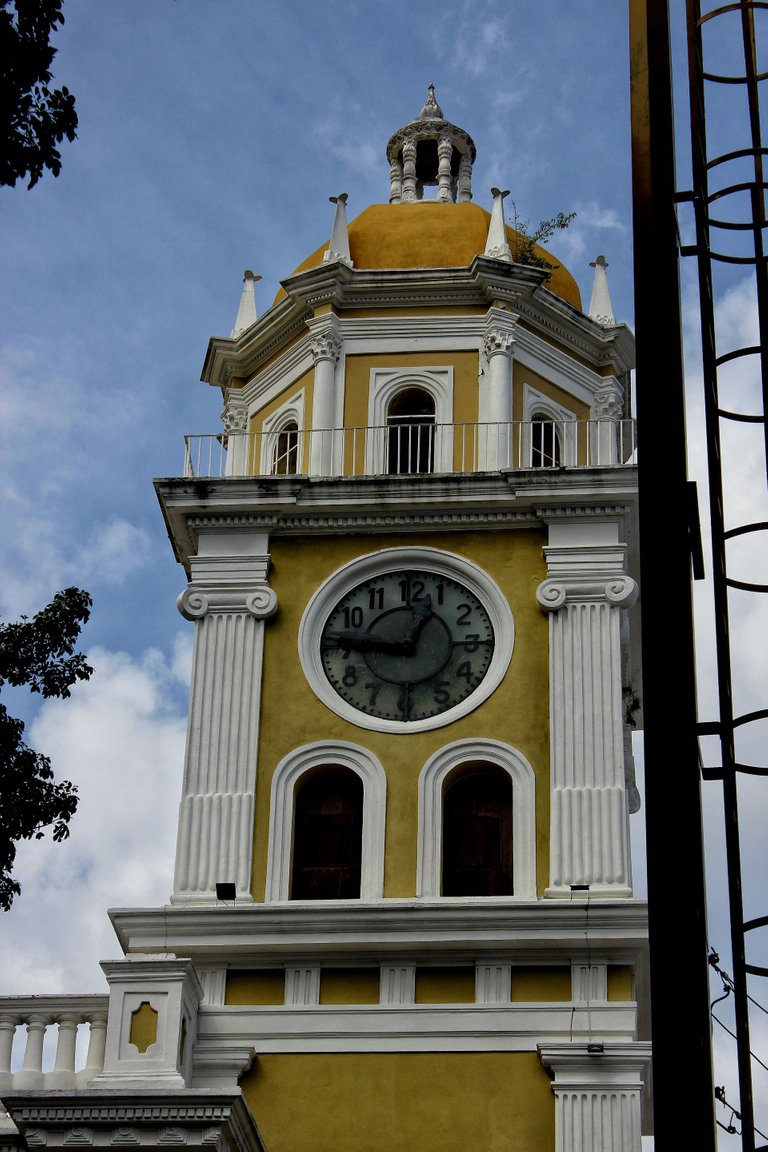
Beginning this tour, we find the Bolivar Square of Valencia, as you can see is under restoration, but from this point the city was founded in the year 1555, when the Spanish would put their first establishments on this land, building a square and the cathedral, although at that time it was not known as Bolivar Square, because the fact of being years before the existence of Simon Bolivar. After a few centuries, a monolith with a statue of Bolivar in his honor, with image and name, was incorporated in this square.
Of course, at the time of the founding of Valencia, which is named after the famous city of Valencia in Spain, the architectural style that predominated was colonial, logically coming from Spain, a style that would have a great influence until 1830. Therefore, throughout this area we can find these architectural contributions from the Spanish, which also came with other influences from the rest of Europe.
Although the square and the cathedral cannot be appreciated well, with these photographs we can see in detail a tower of the cathedral and of course the monolith of Bolivar in the center of the plaza. Then it would be interesting to review the final result of all these restorations throughout the historic center.
Comenzando este recorrido, nos encontramos con la plaza Bolívar de Valencia, como se puede apreciar se encuentra en restauración, pero desde este punto se fundó la ciudad en el año de 1555, cuando los españoles pondría sus primeros establecimientos sobre estos terrenos, construyendo una plaza y la catedral, aunque para ese momento no se conocía como la plaza Bolívar, porque el hecho de ser años anteriores de la existencia de Simón Bolívar. Luego de unos cuentos siglos en esta plaza se incorporaría un monolito con la estatua de Bolívar en su honor, con imagen y nombre.
Por supuesto, en la época de la fundación de Valencia, que su nombre se debe a la conocida ciudad de Valencia de España, el estilo arquitectónico que mayormente predominaba era la colonial, lógicamente proveniente desde España, estilo que tendría una gran influencia hasta 1830. Por lo tanto, por toda esta zona podemos encontrar esos aportes arquitectónicos de parte de los españoles, que también venían con otras influencias del resto de Europa.
Aunque no se pueda apreciar bien la plaza y la catedral, con estas fotografías vemos en detalles una torre de la catedral y por supuesto en monolito de Bolívar en todo el centro de la plaza. Luego sería interesante reseñar sobre el resultado final de todas estas restauraciones por todo el casco histórico.
Paéz House
Continuing with the tour, a few meters from the cathedral of Valencia, we find this facade, which is the house José Antonio Paéz, who was a hero of Venezuelan independence and first president of the Republic.
In a way Paéz, as president of the nation had a great influence on the architecture in Venezuela, because he was a character who was attracted by the European culture, and although this house has a classic colonial style facade, its interior is characterized by a republican style, or to say more eclectic, a design that comes from the influence of various styles. Similarly, at the moment it is not possible to access this house, which currently serves as a historical museum, but then when I have the opportunity, I will make a more extensive review and photographs of the interior of this house, which has an architectural, historical and artistic value, as a heritage value of Valencia.
Siguiendo con el recorrido, a unos pocos metros de la catedral de Valencia, nos encontramos con esta fachada, que se trata de la casa José Antonio Paéz, quien fue prócer de la independencia venezolana y primer presidente de la República.
En cierta forma Paéz, como presidente de la nación influyó mucho en la arquitectura en Venezuela, porque era un personaje que se sentía atraído por la cultura europea, y aunque está casa vemos una fachada clásica del estilo colonial, en su interior se caracteriza por ser de un estilo republicano, o por decir más ecléctica, un diseño que parte de la influencia de varios estilos. De igual forma, en estos momentos no se puede acceder a esta casa, que actualmente funciona como museo histórico, pero luego cuando tenga la oportunidad, haré una reseña más extensa y con fotografías del interior de esta casa, que tiene un valor arquitectónico, histórico y artístico, como valor patrimonial de Valencia.
Capitol of Valencia
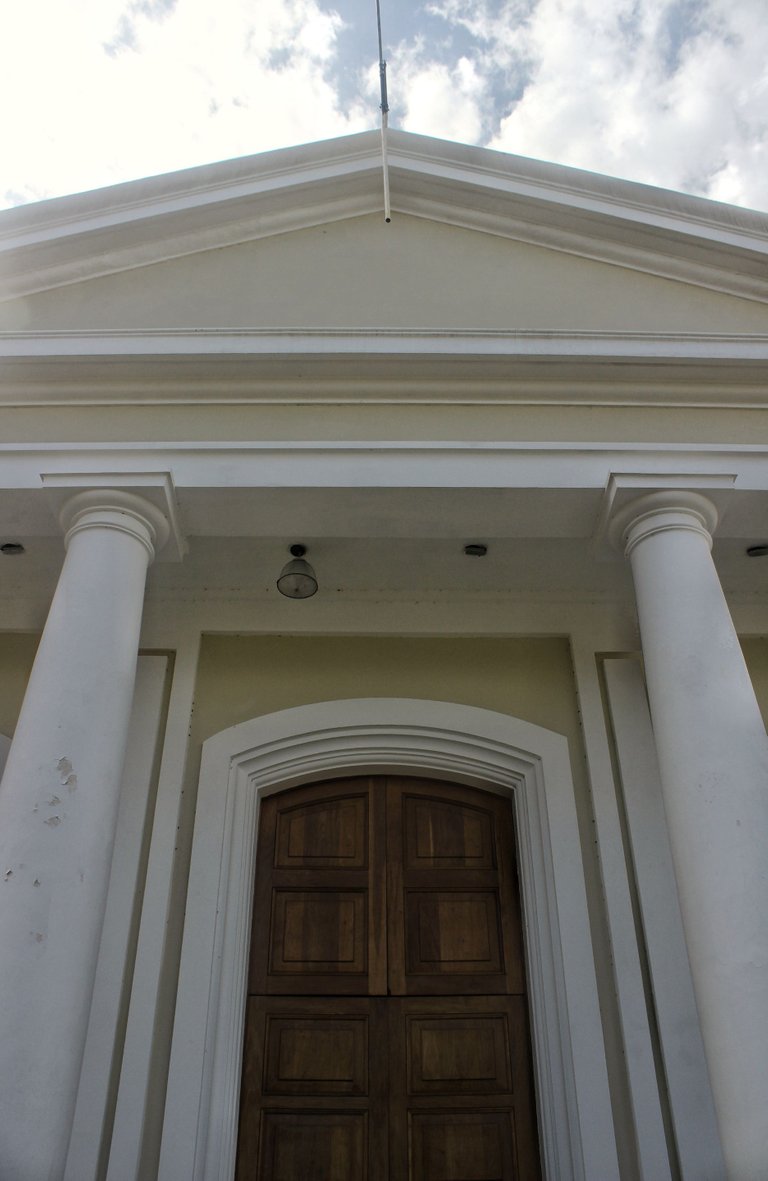
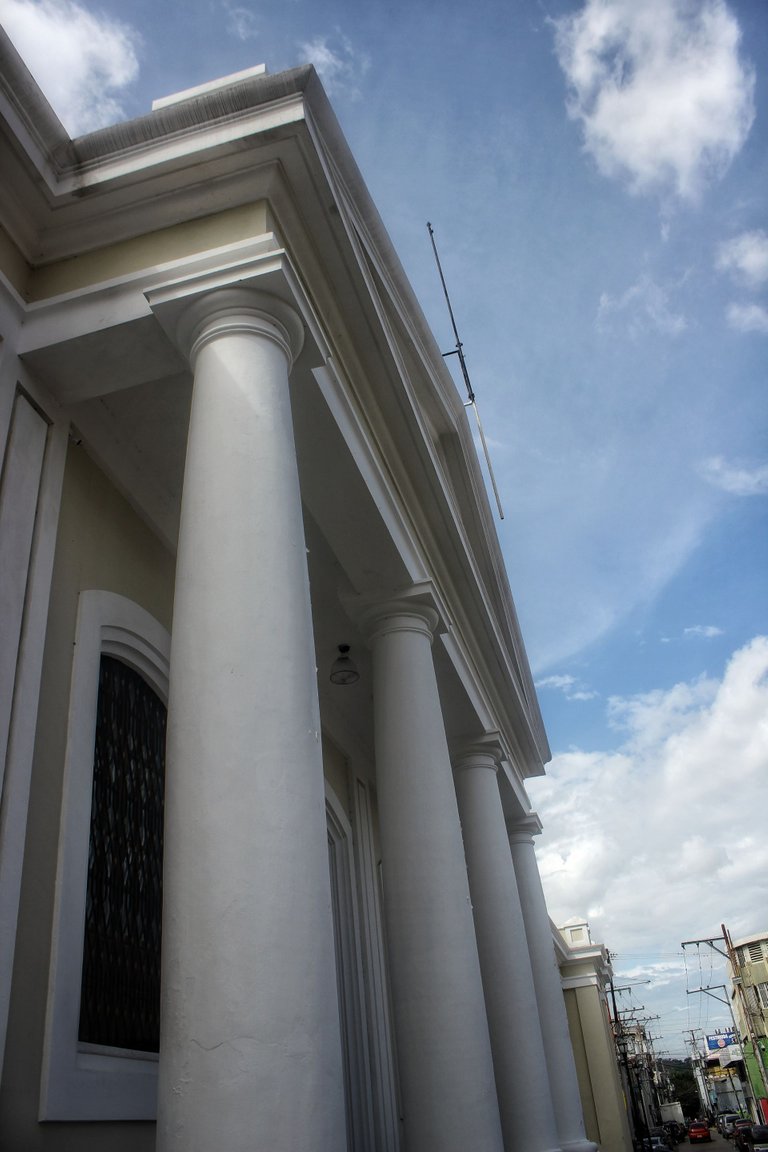
Following the steps throughout the center, we find the point where you can see the capitol of Valencia, which was previously built as a religious convent, and then passed into the hands of the state, and become the governorate of Carabobo.
It is a construction, which was developed after 1830, and is considered as an eclectic republican style, with large windows and doors, a large central courtyard and strong columns on its facade, besides having a dome that I do not show in the photographs, but it is certainly a very characteristic feature in its architecture.
Siguiendo los pasos por todo el centro, nos encontramos con el punto, donde se puede ver el capitolio de Valencia, que anteriormente fue construido como un convento religioso, para luego pasar a las manos de estado, y convertirla en la gobernación de Carabobo.
Es una construcción, que se desarrolló luego de 1830, y se considera como.de estilo republicana ecléctica, con grandes ventanas y puertas, un gran patio central y unas fuertes columnas en su fachada, además de tener una cúpula que no la muestro en las fotografías, pero que sin duda es un rasgo muy característico en su arquitectura.
Historical, cultural and patrimonial Interpretation Center of the UC
While diagonally from the capitol of Valencia, we find more structures of eclectic republican style, and as you can see it is the center of historical, cultural and patrimonial interpretation of the university of Carabobo, formerly known as the rectorate of the university.
Currently this building, which is under restoration, serves as a museum and a center for the collection of historical and library data of the state of Carabobo. Actually, in all the years that I have lived in this state, I have never been able to enter this building, but I look forward to visiting its interior.
Mientras que diagonalmente del capitolio de Valencia, nos encontramos con más estructuras de estilo republicana ecléctica, y como.se puede ver se trata del centro de interpretación histórico, cultural y patrimonial de la universidad de Carabono, antiguamente conocida como el rectorado de dicha universidad.
Actualmente esta edificación que se encuentra en restauración, tiene como funciones de museo y centro de recopilación de datos históricos e bibliotecarios del estado Carabobo. En realidad en todos los años que vivo en este estado, nunca he podido entrar a esta edificación, pero espero con ansias poder conocer su interior.
Municipal Theater of Valencia
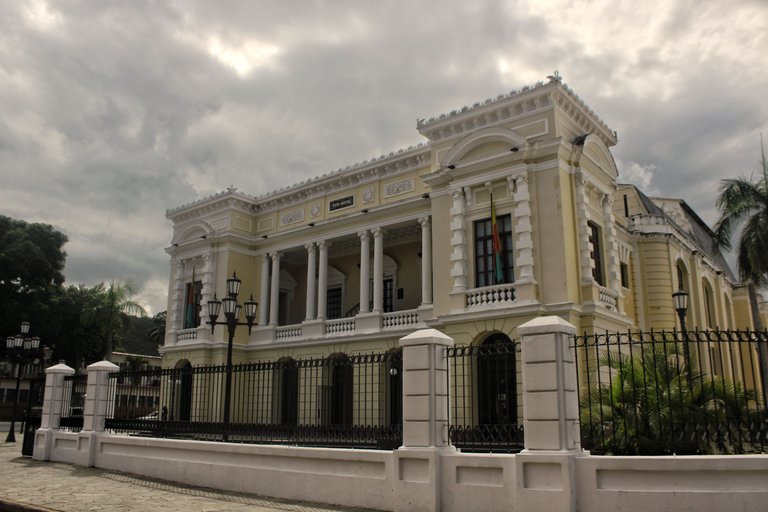

And right next to the aforementioned structure, we find the municipal theater of Valencia, which I have already reviewed on the platform, but could not miss in this tour. This architectural gem, built in the nineteenth century, was granted by the idea of trying to replicate the theater in Paris, of course smaller than the theater in Paris, but still have that imposing image for its design and architecture, which is certainly a visit that everyone should make those who have the opportunity to go to the historic center of Valencia.
Y justamente al lado de la estructura mencionada anteriormente, nos encontramos con el teatro municipal de Valencia, qie ya lo he reseñado en la plataforma, pero o podía faltar en este recorrido. Esta joya arquitectónica, construida en el siglo XIX, se concedió por la idea de tratar de replicar el teatro de París, por supuesto más pequeño que el teatro de París, pero sin dejar de tener esa imagen imponente por su diseño y arquitectura, que sin duda es una visita que todos deben hacer a quienes tengan la oportunidad de ir al casco histórico de Valencia.
Ramón Zapata Theater School
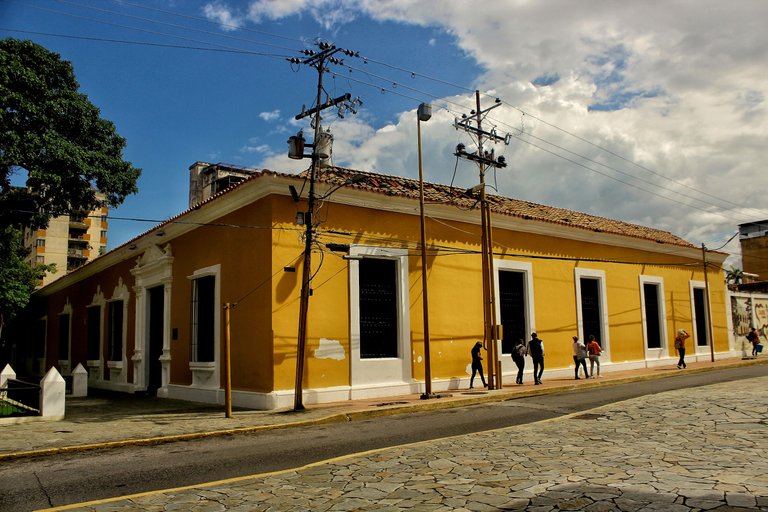
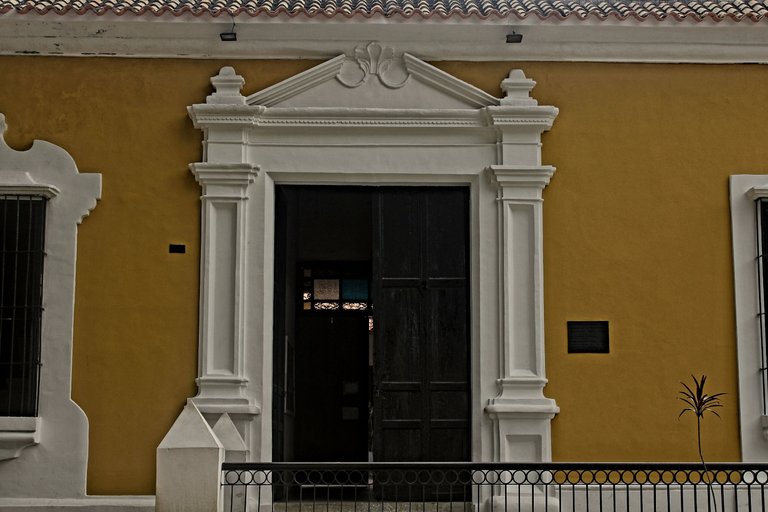
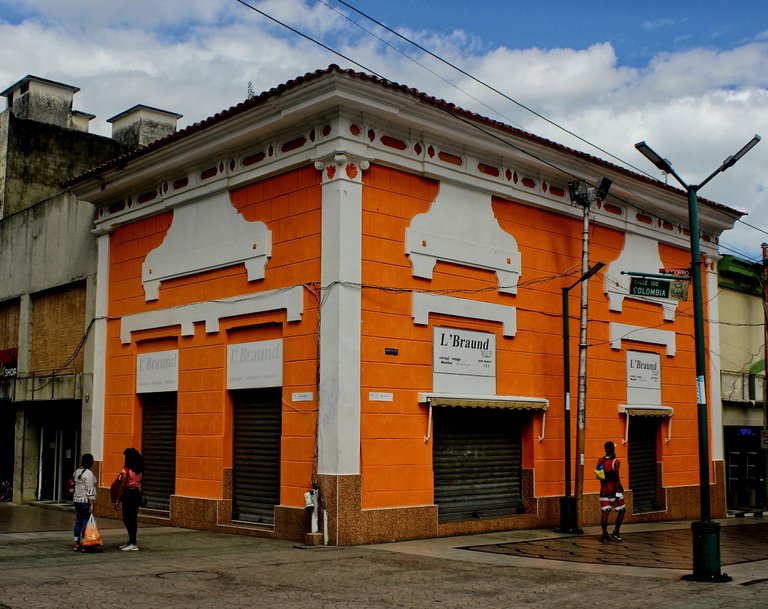
Now, ending this review, of course I should mention that other structures of great relevance to the city, such as between urbanism, dating from the birth of Valencia or even churches and schools and museums, but in all this is a small sample of what I want to show about the architecture of Carabobo.
It has been evolving between colonial and republican styles, until reaching modernity, thanks to the industrialization and rapid growth of one of the most important cities in Venezuela, for its history, architecture and culture.
All photographs are of my authorship and were taken with a Canon T3i camera.
Ahora, terminando esta reseña, por supuesto debo mencionar, que aún faltaron otras estructuras de gran relevancia para la ciudad, tales como entre urbanismo, que datan desde el nacimiento de Valencia o incluso iglesias e instituciones escolares y museos, pero dentro de todo esto es una pequeña muestra, de lo que quiero mostrar sobre la arquitectura de Carabobo.
Que ha venido evolucionando entre los estilos colonial, republicano, hasta llegar a la modernidad, gracias por la industrialización y rápido crecimiento de unas de las ciudades más importantes de Venezuela, por su historia, arquitectura y cultura.
Todas las fotografías son de mi autoría y fueron tomadas con una cámara Canon T3i.

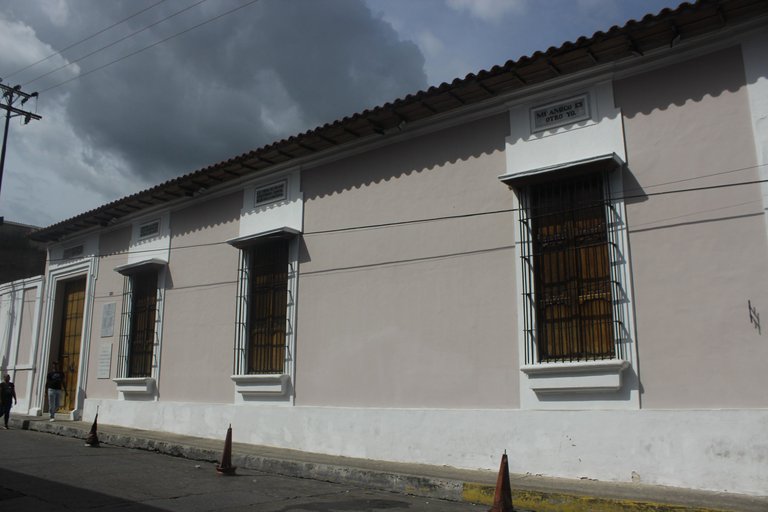
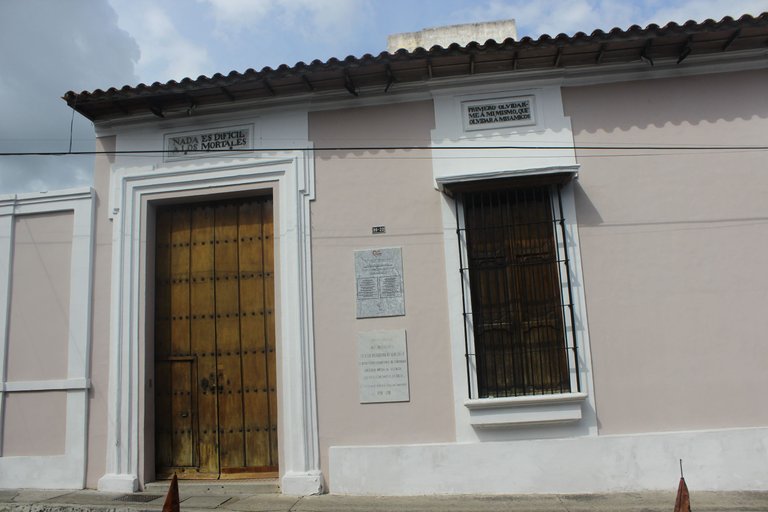
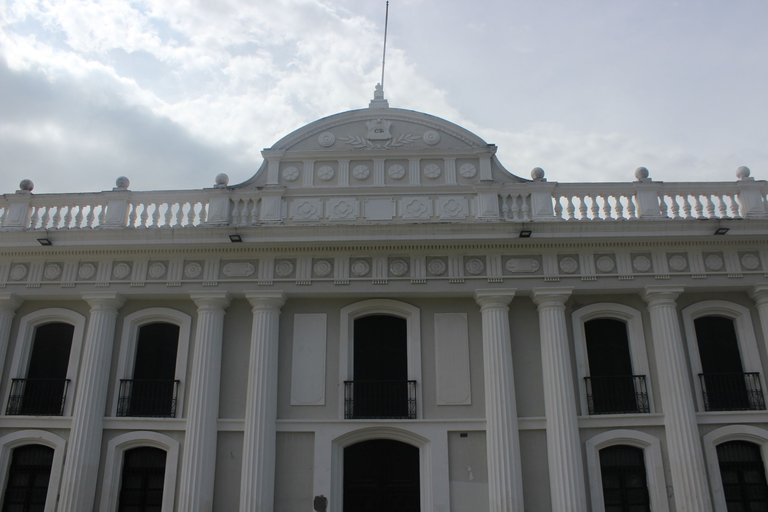
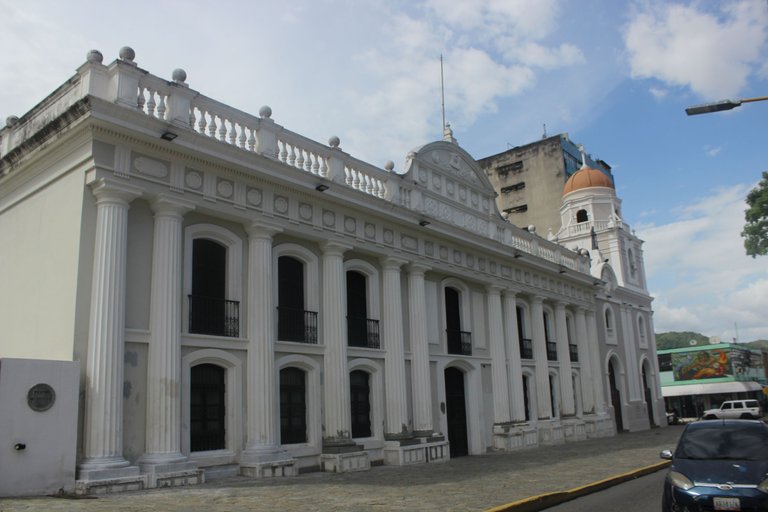
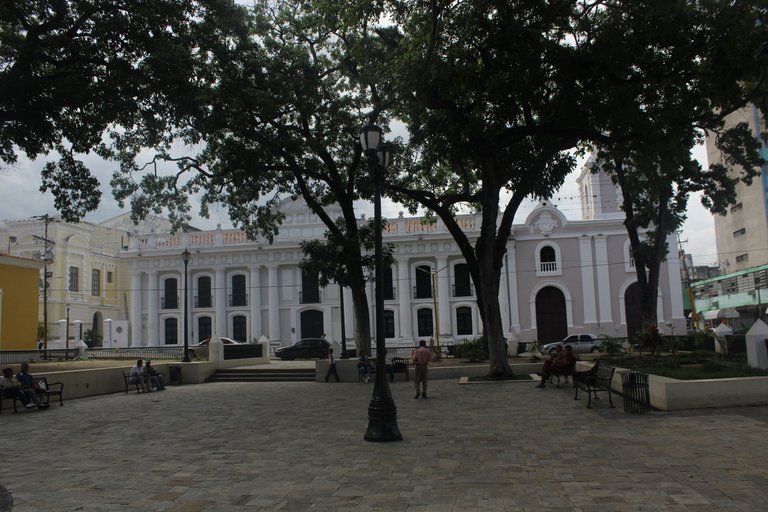
Congratulations @wilfredocav! We're delighted to specially curate your awesome publication and award it RUNNER-UP in Architecture Brew #73. More power!
Thank you for subscribing to Architecture+Design, an OCD incubated community on the Hive Blockchain.
A prominent locality's architectural roots like the historic neighborhood of Venezuela's region of Carabobo, Valencia, must not be taken for granted. These humble beginnings give rise to the current metropolis your citizens are now enjoying. I understand that all buildings and structures featured in your tour had their significant contributions to the realization of your nation's current status. And with the interesting mix of design styles (colonial and eclectic), one can simply marvel at its beautiful environment.
If you were to choose one vital monument from the various landmarks you've highlighted here, which one has the greatest impact and why @wilfredocav? 😊
Exactly, all these structures are part of the patrimony of the state of Carabobo and gave as a beginning the progress of the city, and with much reason it is necessary to constantly make the required cares to maintain these works.
And among the works, which has captured my attention and has all my interest, is the municipal theater of Valencia, for its exterior design, but above all its interior design, which I have not yet been able to take pictures although I have entered before. But this theater has certain features of its design that have a remarkable relationship in history and also the artistic contribution of some works by the painter Arturo Michela. When I have the opportunity to enter the theater, I will take several photographs of the design of its interior and be able to reserve it. Thank you always for your attention and support.
Fantastic choice! I'd probably also select the same if I were you. Would be great to view the interior visuals of that heritage landmark. Thank you, and see you soon! 😊
Wooow impresionante trabajo fotodocumental y sobretodo muy oportuno para este dia 24 de Junio. Felicidades me ha encantado tu post.
Yesterday I did not remember about the event about today, but it would also be worthwhile to review in photographs the field of Carabobo, where both sculptures and magnificent structures rest. Greetings !
Ayer no recordé sobre el evento de hoy, pero hubiese sido meritorio reseñar en fotografías el campo de Carabobo, donde descansan tanto esculturas como magníficas estructuras. ¡Saludos !
Dear @apolo1, kindly add/provide the English language translations to your comments/replies for the reading convenience of our international Hive audience. Thank you for your consideration.
Saludos @wilfredocav
Nos compartes un buen recorrido por la valencia señorial, esa que ha inspirado a muchos autores. Logras adentrarnos en las sinuosas líneas de su añeja arquitectura.
Thank you for your support ! That is the idea to capture these structures, as those vestiges of the past of the city, place where the city began to form and especially the importance of these structures as architectural heritage of the city.
Gracias por el apoyo ! Esa es la idea captar de estas estructuras, como esos vestigios del pasado de la ciudad, lugar donde se comenzó a formar la ciudad y sobre todo la importancia de estas estructuras como patrimonio arquitectónico de la ciudad.
The rewards earned on this comment will go directly to the people( @wilfredocav ) sharing the post on Twitter as long as they are registered with @poshtoken. Sign up at https://hiveposh.com.
Congratulations, your post has been added to Pinmapple! 🎉🥳🍍
Did you know you have your own profile map?
And every post has their own map too!
Want to have your post on the map too?
That is a beautiful virtual tour of historic buildings. Hope to see the interiors of the Municipal theater in your future post.
Thank you for the appreciation, and it is just so these buildings are an indelible imprint of the history of this city, are architectural gems. Greetings !